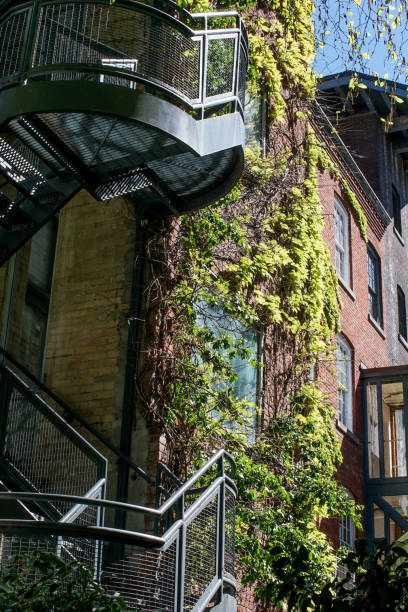Milan’s urban fabric is a product of change. The city is known for its historical monuments. Modern architecture must balance multiple contexts, from the Piazza Duomo to the Milan Cathedral and works such as Velasca Tower. Milan is a city that has emerged as a center of design and culture. Its new structures and buildings are addressing the condition in this way as expressive forms and iconic landmarks. Building on its heritage, Milan has focused its attention on the sky.
Milan is embracing progressive urban ideas. From the first skyscraper, the Torre Snia Viscosa, in 1937 to the postwar highrises of modern towers. The following projects examine the new buildings and towers that are taking shape in Milan. They also explore how these vertical developments fit into an ancient context. The projects, whether a hybridized vertical forest or a mixed-use redevelopment that explores the process, reveal the new heights of architectural design in Milan.
ALLIANZ Tower / Arata Isozaki + Andrea Maffei
The team decided that engaging in a dialogue would be more interesting than relying solely on one architect to design the entire complex. A large area required many architects to develop ideas for different buildings and materials. The modular system, which comprises six office floors and a thin extended plan, was chosen.
Cascina Merlata Residential Development / Mario Cucinella Architects
Mario Cucinella Architects’ project includes the construction of three residential towers within the Expo Village designed by Euromilano. This is part of the redevelopment Masterplan Cascina Merlata Milan. The three buildings north of the Masterplan were initially used as Expo Village and will be transformed into social housing apartments.
Studio Libeskind PWC Tower
The PWC Tower completes the CityLife master plan in Milan. It is located close to the grand central park. This building is one of three highrise commercial buildings. The tower is situated between Zaha Hadid Architects, Arata Isozaki & Associates, and Studio Libeskind, who won the 2004 competition together. The Libeskind Tower takes inspiration from the sphere and slopes towards its counterparts, the central park and below.
IULM_Milan / Atelier(s) Alfonso Femia
The three buildings that separate the building space have distinct but complementary functions. The tower is a way to express a strong presence and demonstrates resoluteness. The digital library, consultation areas, and archives are all located in the spiral staircase space of the tower. This is the memory and place of IULM’s initiatives and activities in fashion, film, and communication.
Generali Tower / Zaha Hadid Architects
The curvilinear geometry of the Generali Tower’s podium is defined by the centripetal force generated at the base of the tower from the staggered intersections of these three city axes. The centrifugal forces generated at the ground level are transferred vertically to the building by realigning the rhomboid floor plates.
Bosco Verticale / Boeri Studio
Il Bosco Verticale, the first ‘Vertical forest’ (il Bosco Verticale), was inaugurated on October 14, 2014, in Milan at Porta Nuova Isola as part of a larger renovation project by Hines Italy. Milan’s Vertical forest comprises two towers measuring 80 meters and 112 meters. It contains 480 trees of different sizes, 300 smaller trees, 11,000 perennials, covering plants, and 5,000 shrubs. Over a surface area of 1,500m2, the equivalent of 20,000m2 of undergrowth and forest.
